Review it – Summer is here in South Texas, and for me and my family, that means BBQ! I’m not talking about throwing hamburgers on the grill or loading your grill with charcoal and grilling meat. I’m talking about hours of slow-cooking a large piece of meat into mouth-wateringly delicious, smoky goodness! Nothing says BBQ better to me than brisket. To make a good brisket, you should cook it slowly over indirect heat with lots of smoke for about an hour per lb. The preferred temperature is about 225 degrees Fahrenheit. A few years ago, I broke down and bought a ‘cheat’ and got myself a Traeger grill. So instead of storing wood on the side of my BBQ pit and keeping a big pile of wood in my yard, I feed my wood pellets. It will maintain a constant temperature by slowly feeding the pellets to ignite in the grill. My grill is an older model where I can turn the dial to set a certain temperature. Two hundred and twenty-five degrees is spot on, but I’ve always doubted that my grill would give me a pleasant reading. So when the opportunity to review the new ThermoPro TempSpike Wireless Meat Thermometer came up, I volunteered to review it.
What is it?
ThermoPro Tempspike II is a wireless thermometer with sensors at the end of the stick. One is for internal heat and the other is external. They come in a ‘booster’ box that allows you to charge the thermometers and check the internal temperature. There is also an app available for you to choose from.
What’s in the box?
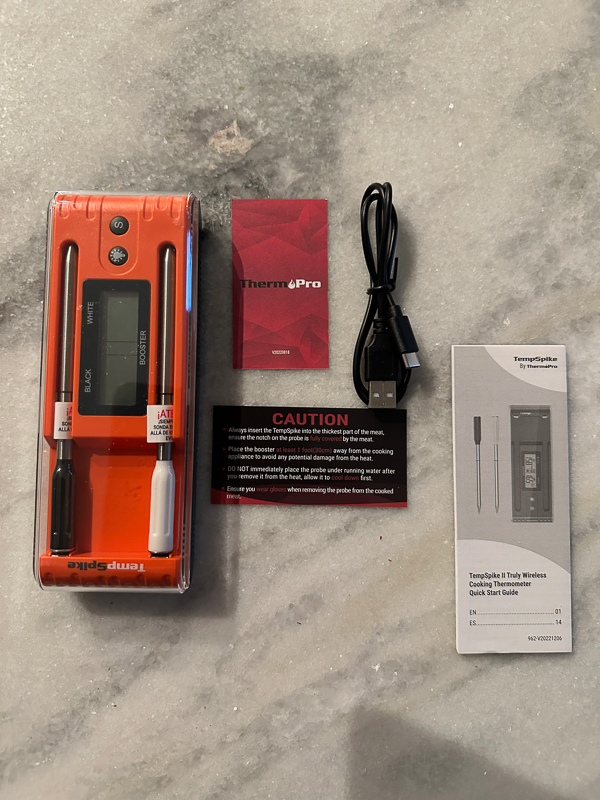
- A storage box for accessories and two thermometers
- Customer service card
- Security card
- An instruction manual
- Charging cable – USB-C
Hardware specifications
- Bluetooth range up to 500 feet from the booster
- backlight display on the booster
- The booster will display the internal temperature of all probes along with the battery power
- Booster will sound the alarm
- A program is available to change the alarm
- Drive battery life of 36+ hours
- An extra three months of battery life if used once a week.
- The booster switches off automatically in 5 minutes after the probes are placed in the box.
- Internal temperature of 14 – 212 degrees Fahrenheit
- Ambient temperature of 14 – 572 degrees Fahrenheit
- Accuracy of +/- 1.8 degrees Fahrenheit
Design and appearance
The picture below is a close-up of the white probe. It is five inches long with a line about two and a half inches from the bottom of the spike. When inserting the probe into the meat, you must make sure that the line is covered by the meat. The probe is IP67 waterproof.
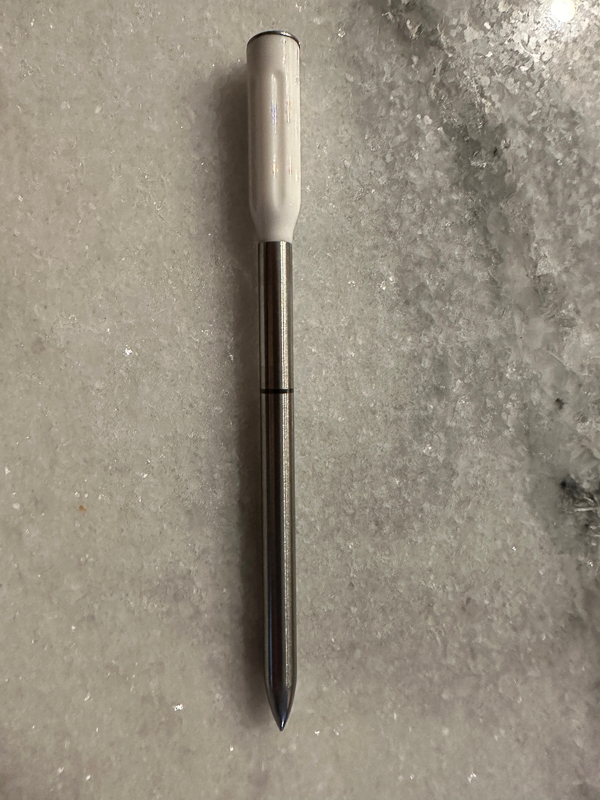
At the top of the probe, you can see two holes that are used to read the ambient temperature in your cooking device. For me, it will be reading the temperature inside my grill.
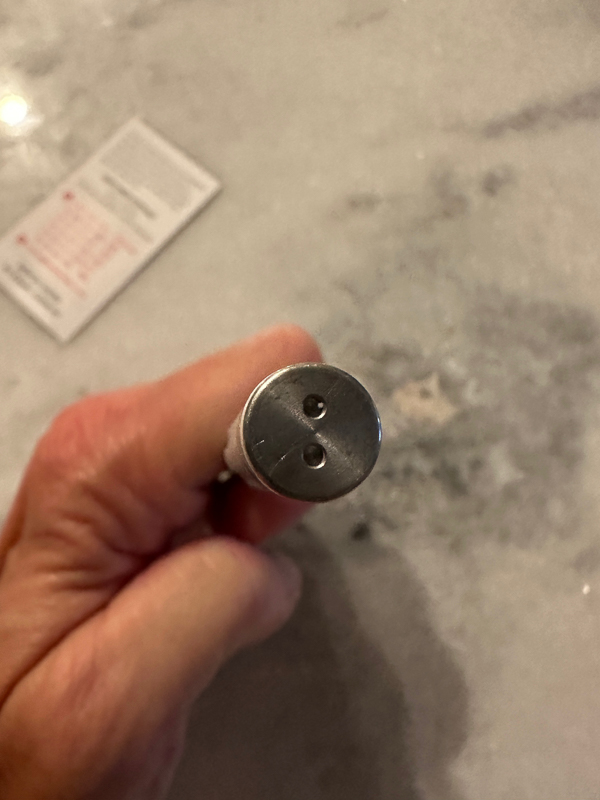
The bottom of the support box has five rubber feet. Also, it’s magnetic if you want to stick it to the side of a metal object. I personally wouldn’t stick it on the side or front of my grill because the extension is made of plastic. I can stick it on the side of my pellet box.
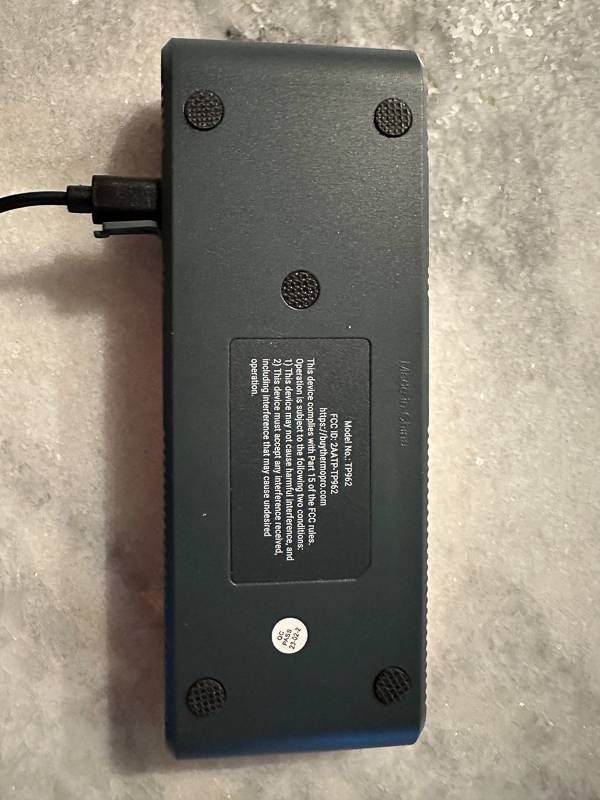
There are two buttons on the booster. First is the backlight button, then the S button. It has four functions:
- click once to activate the stimulus.
- If the boost is on, click once to cycle between the internal and external displays.
- If the extension is sounding an alarm, press the S button to silence it.
- Press and hold for three seconds to connect to the survey.
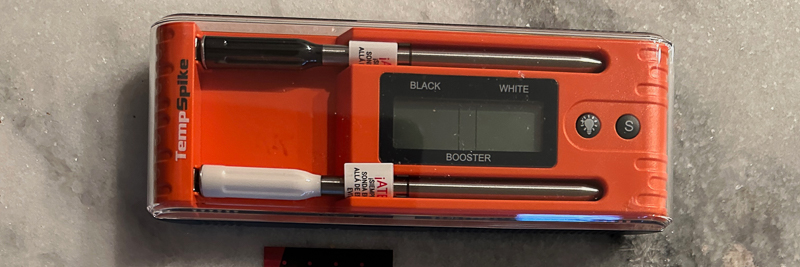
Sit down
The first thing I had to do was make sure the booster and probes were stopped. The USB-C port on the side of the booster is covered with rubber.
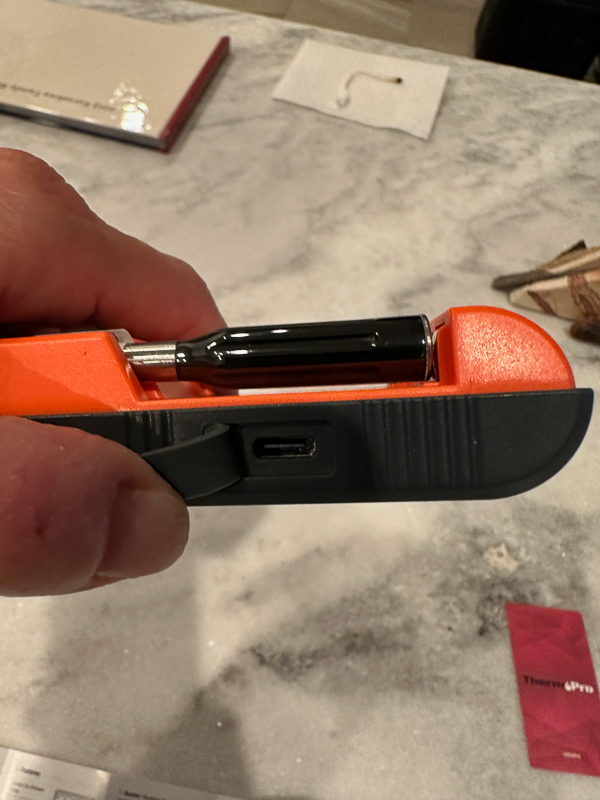
Once the stimulus and probes are fully charged, you will see three bars in each battery. The battery in the middle is the battery symbol for the probe.
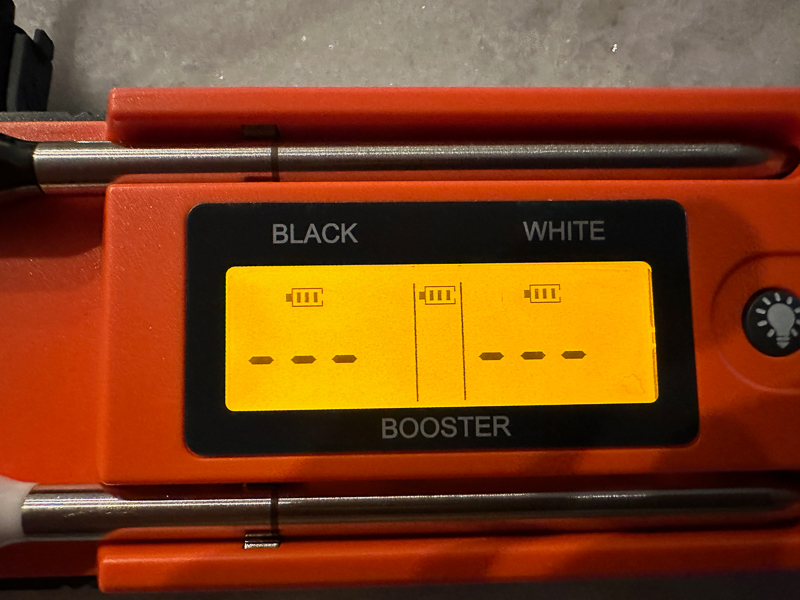
The next step was to download the app and pair the device. I’m happy to say that I didn’t have to create an account.
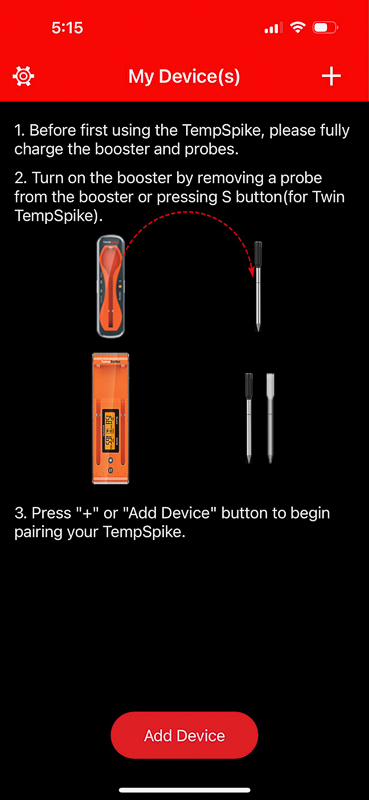
The ThermoPro Twin Tempspike was instantly visible and easy to assemble.
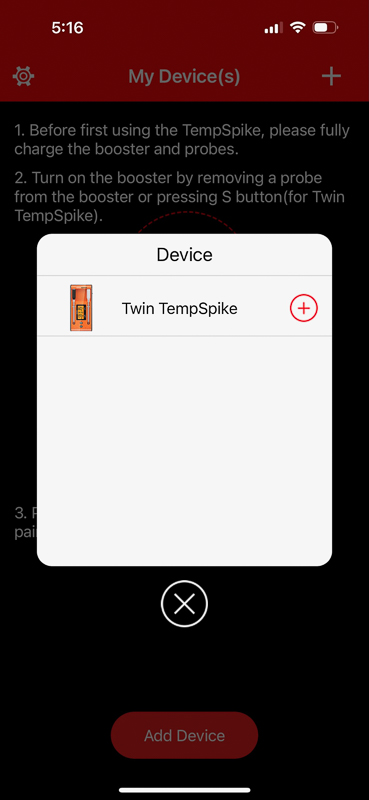
When both probes are connected, the average and internal temperatures are displayed for both. Since they are not included in anything, the temperature is consistent.
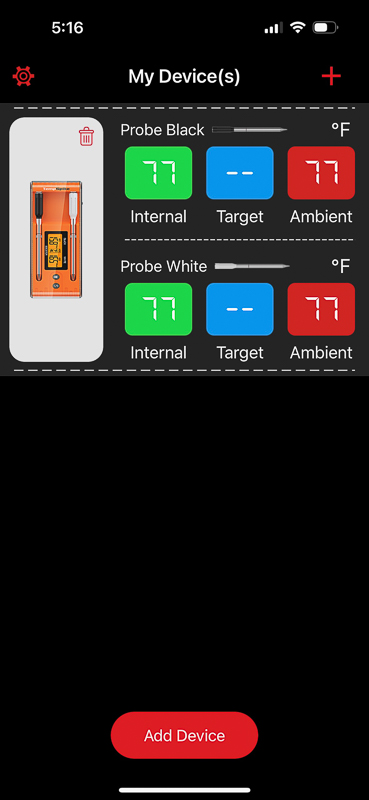
There are many changes to this program. You can use Celsius or Fahrenheit. There are several ways to inform. It can notify you when the program loses connection to the stimulus, when the internal timeout is reached, and when the cycle time is reached. There are also 357 different words that you can set for notifications. If you can’t find one that makes you happy, nothing else will!
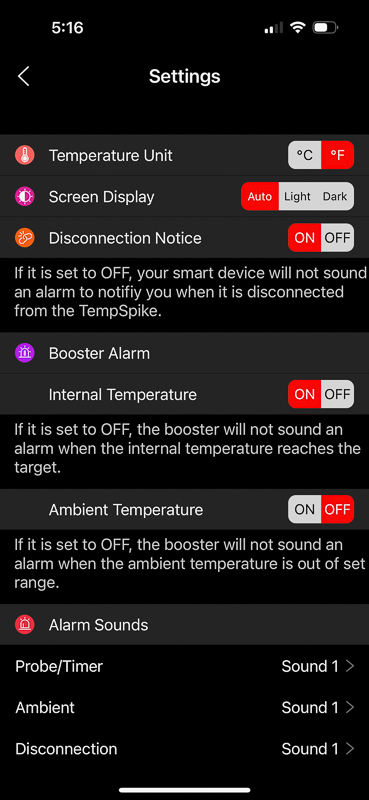
You can also set notifications so that you are cooking 5 degrees before you reach the desired temperature.
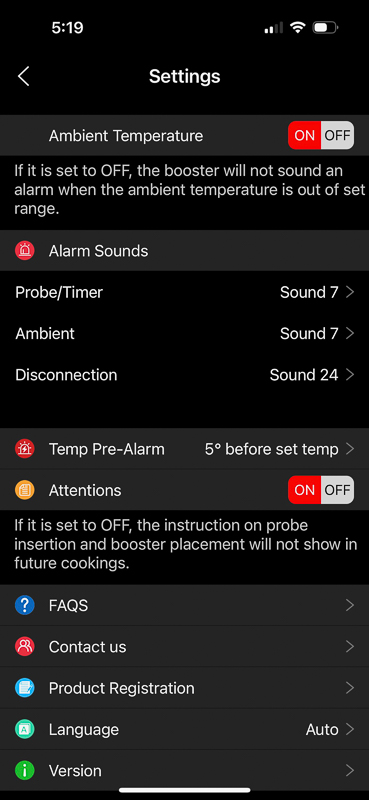
Procedure
I had a nice ten pound brisket to try with. I inserted both white and black probes into the heel of the brisket. I also installed a Traeger wire probe.
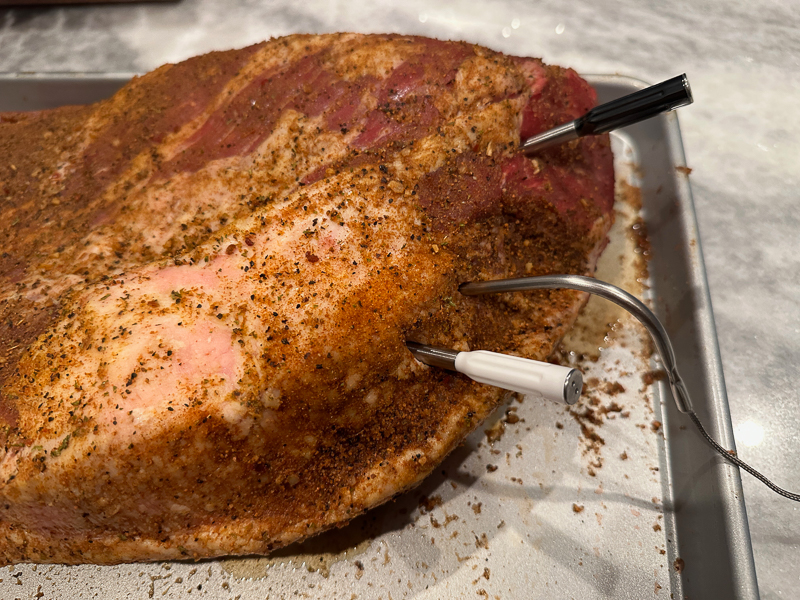
The stimulus immediately showed the internal temperature was 37 degrees for both probes.
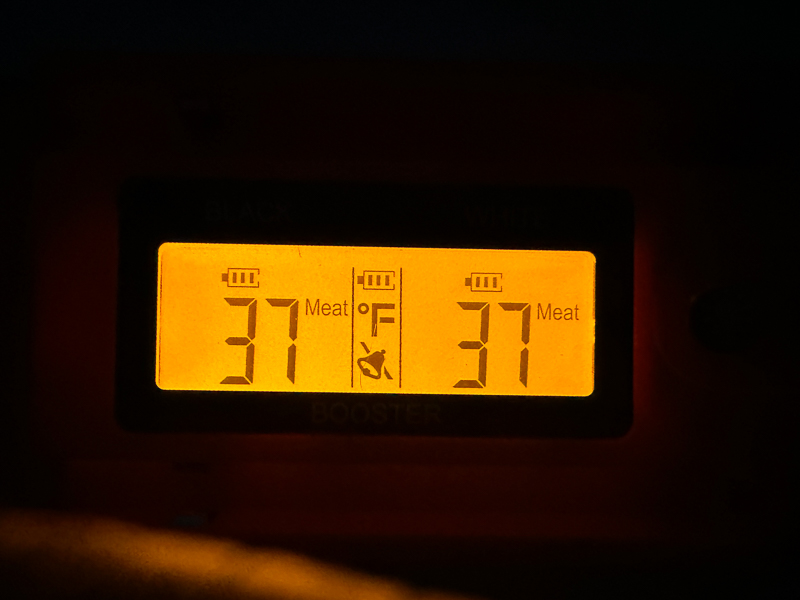
I tried to read it and put my reading thermometer on it right away. It read 36.6 which means the ThermoPro TempSpike probes were well within +/- 1.8 degrees.
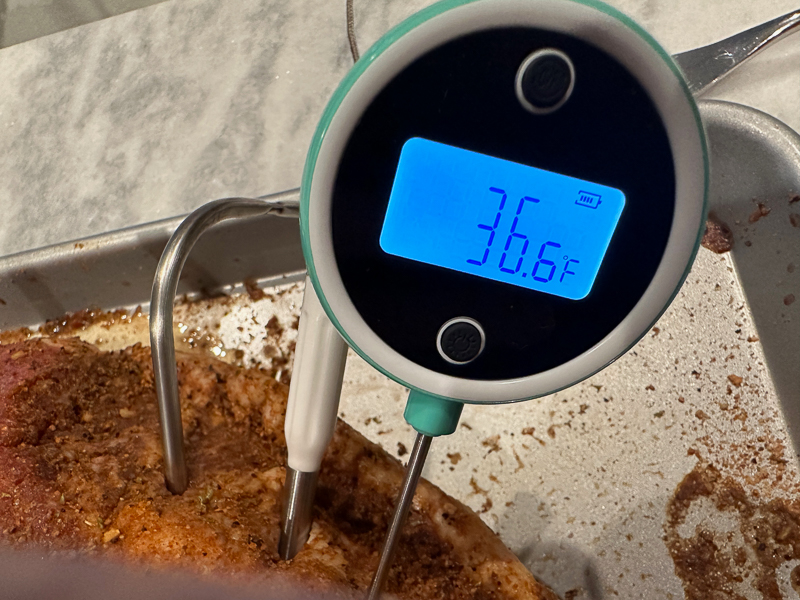
The program has several nice screens that tell you how to set up search results.
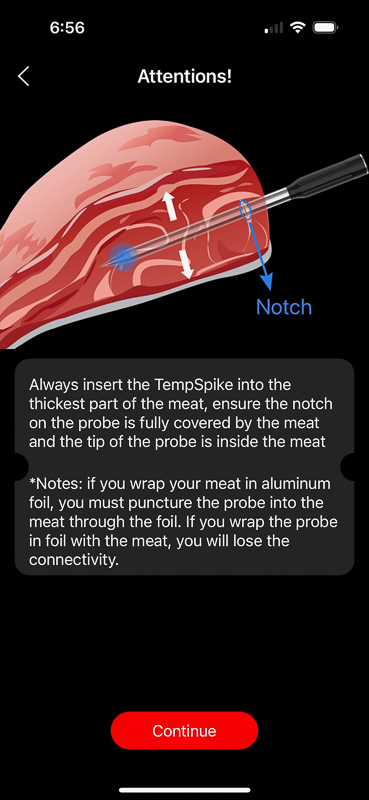
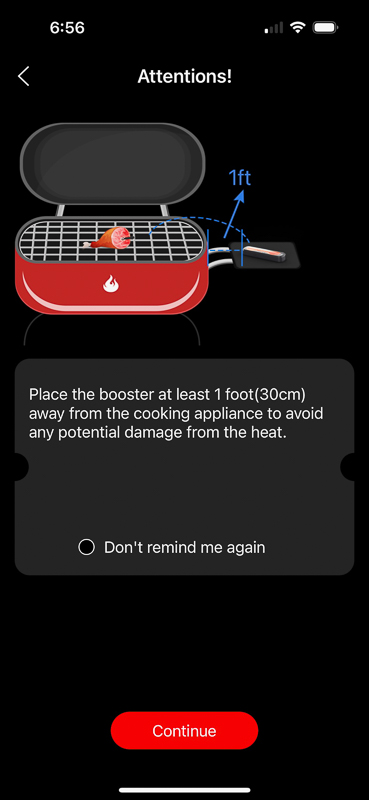
The ThermoPro program comes with different temperatures for different types of meat. I chose to create two settings. I made one at 160 degrees. This is when I had to remove the brisket and wrap it in foil. Then I did the final heat of the last 200.
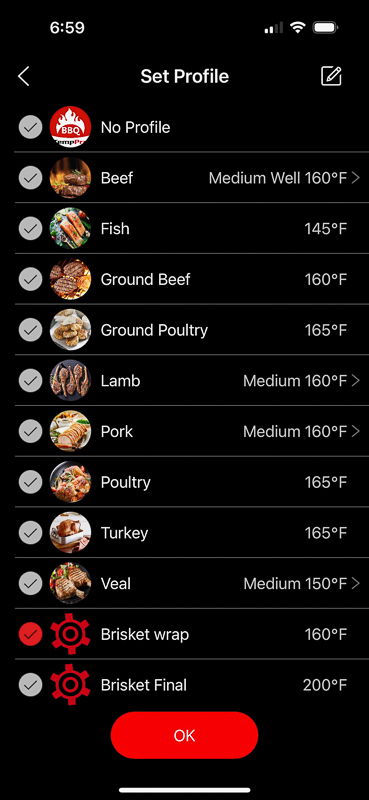
I put the brisket in the grill and put the pressure on my rack about 5 feet above the grill. This allows the amplifier to send the signal into my house with little interference from the cement slab.
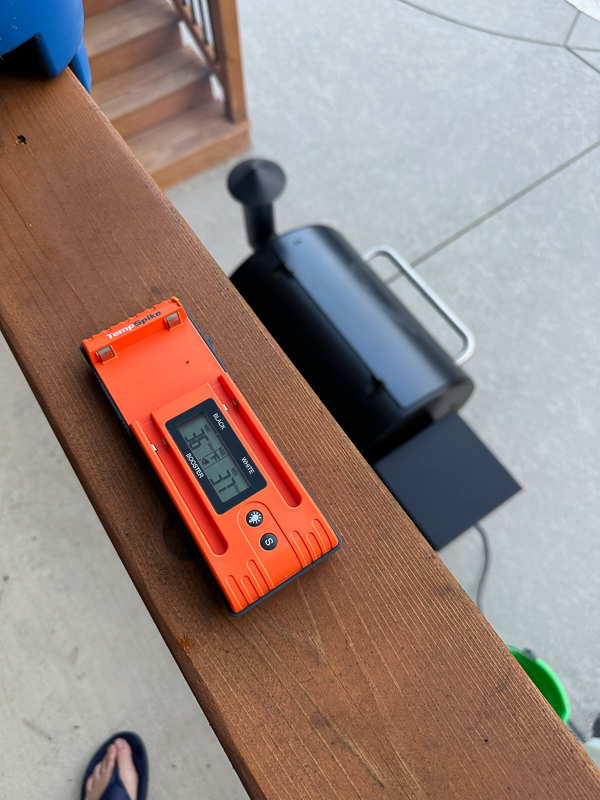
I took a screenshot to show you how to set up a temperature alarm. I had my Traeger fail on me one time in the middle of a brisket cook. It just stopped heating. I didn’t know until I wandered outside, looked at the visible temperature, and saw 150 degrees! I’m happy to say it didn’t fail on this cook.
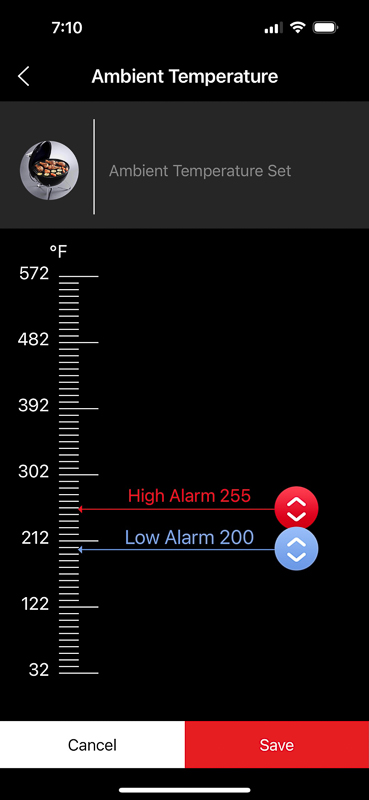
Here is a snapshot during the first hour of my cooking. I soon realized that my Traeger could tell about the heat. I had the grill at 225, but it wasn’t breaking 210-215. I ended up setting it at 250 and cooking the brisket around 235 – 240 degrees.
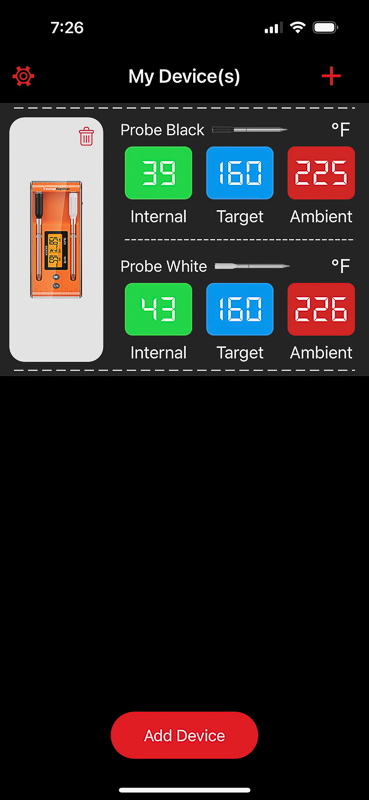
When you click on any survey from the screen above, you will get the screen below. You can start writing a chef’s profile. It will also give you an estimate of the cooking time. I’ll have to cook some more and check this comparison. It seemed a little pointless to me when each test gave a completely different cooking time. The screen also shows a high temperature of 418 which seems to be crazy.
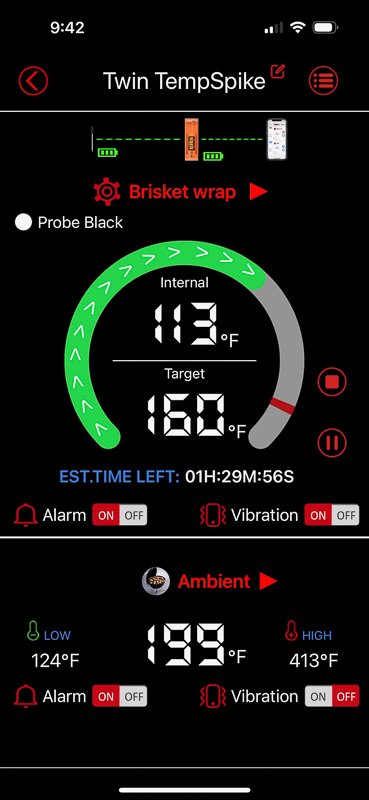
Here is a picture of a brisket with a nice crust when it reached a temperature of 160 degrees.
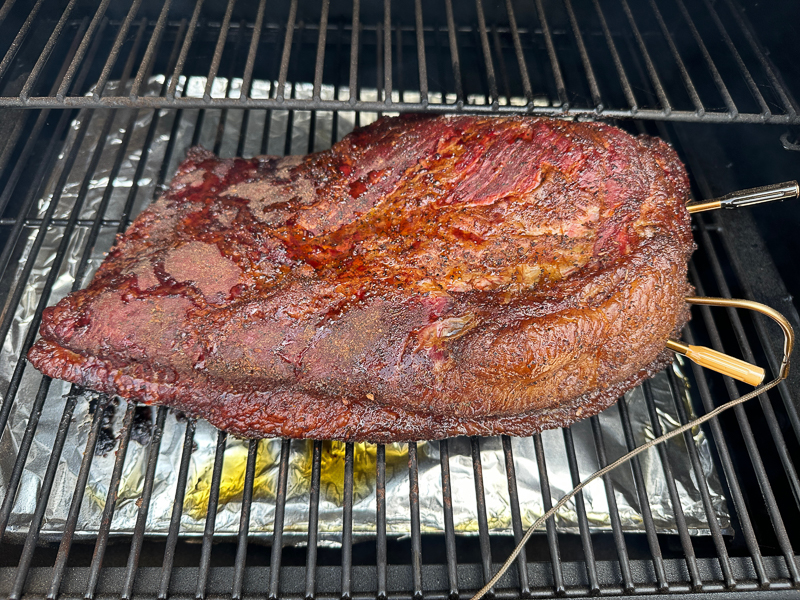
I took a picture of the probes after I finished cooking. The white started to smoke a lot, but with some elbow grease, it came out fine.
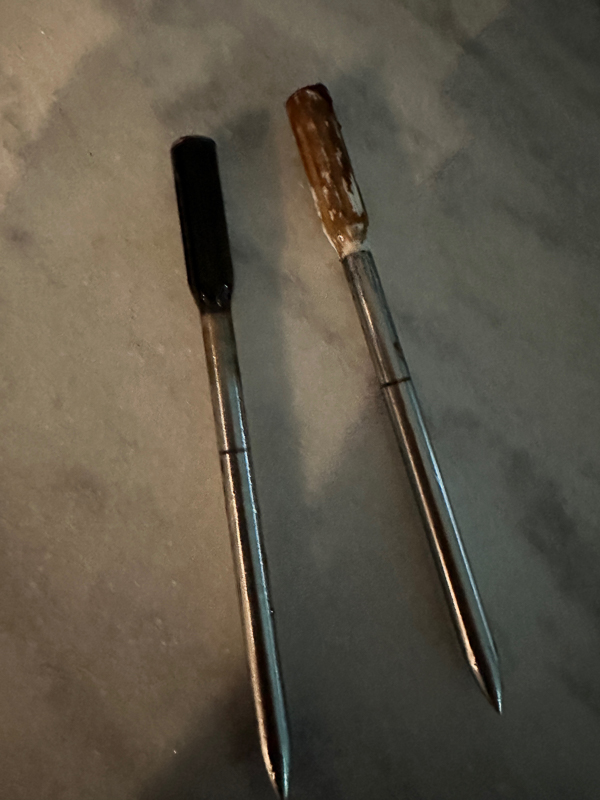
Here is a snapshot of the history of the last part of the chef.
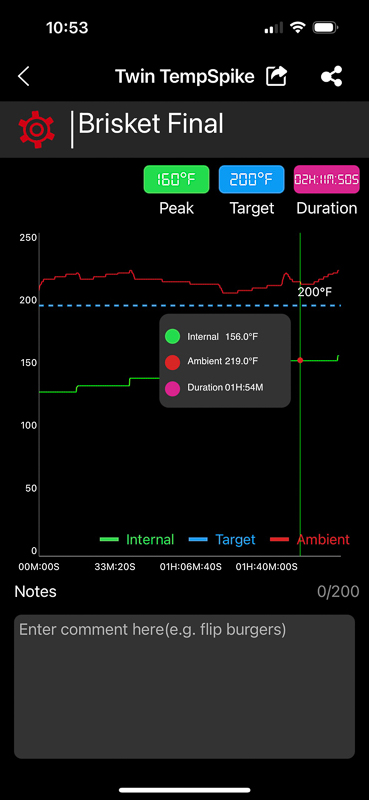
Finally, here is a shot of the finished brisket. I took it out after 9 hours and let it sit for an hour. It turned out amazing.
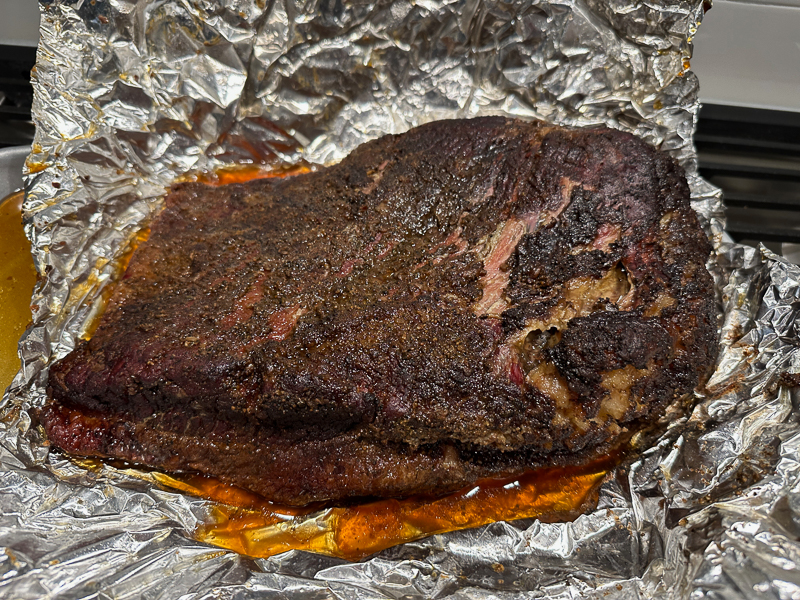
Which I like
- High precision thermometers – both internal and external
- The accessory allowed me to have a good signal throughout my house.
- More information options.
- good battery life
What I would change
- I wish it had internet. There is no way to see how my cook is doing when I leave the house.
- There is no manual shutdown of the booster. Just turn it off.
Final thoughts
I was very pleased with the performance of the ThermoPro TempSpike II Wireless Thermometers. They were very accurate in their temperature readings. I can use my phone and read one and two walls in my house. I found the app to be easy to use and full of information and options. I will use these thermometers every time I grill outside and the next time I cook a large steak or meat in my oven. If they could only provide internet connection, I think they would be invincible.
PricePrice: $104.99
Where to buy: ThermoPro
Source: An example of this drug was given by ThermoPro.